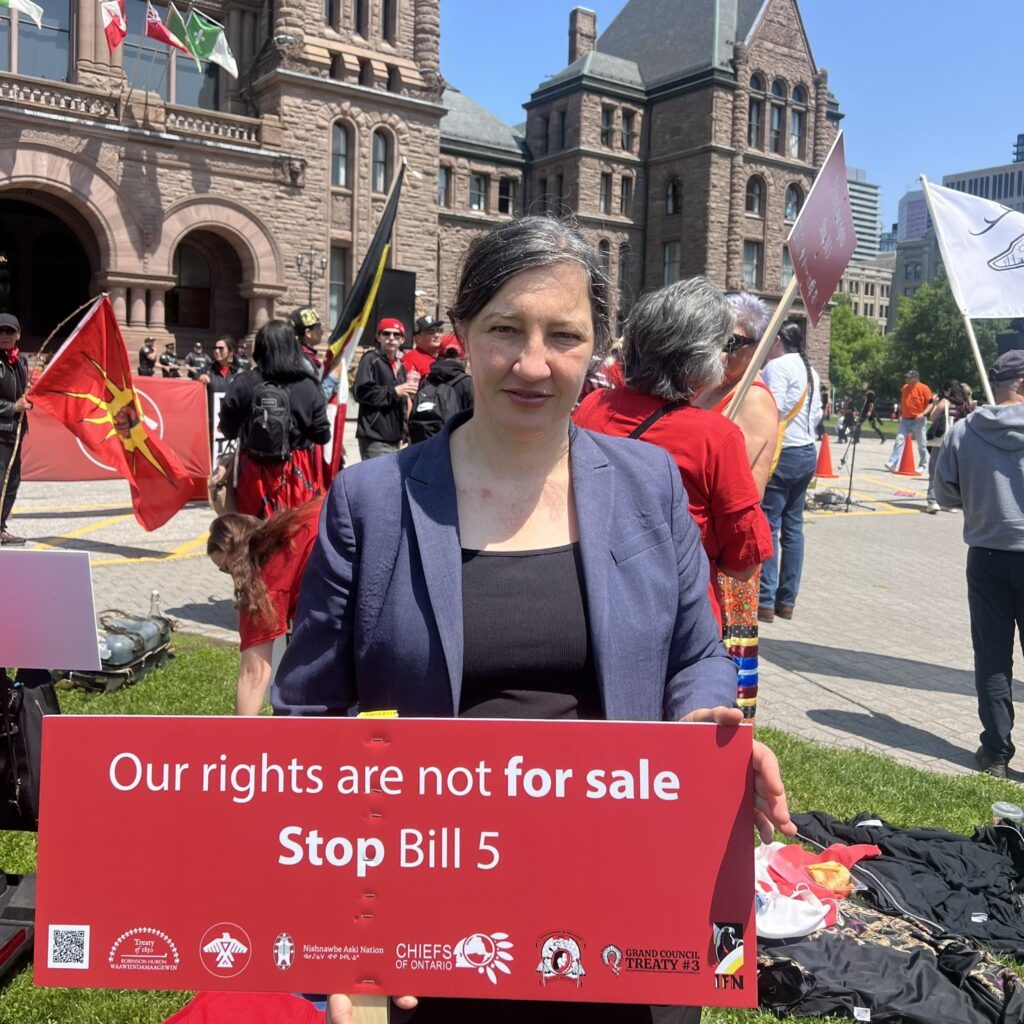
Introduction
Bill 5, also known as the ‘Community Safety and Policing Act’, is a transformative piece of legislation in Ontario aiming to address public safety, enhance police accountability, and improve community relations. In the wake of heightened discussions around policing practices and community safety, the bill has garnered significant attention and sparked debates among citizens, policymakers, and law enforcement agencies across the province. Understanding the nuances of Bill 5 is crucial, as it aims to redefine the role of policing in our communities.
Key Provisions of Bill 5
Introduced in 2021, Bill 5 brought forth several key provisions that directly impact policing in Ontario. One of the central components of the bill includes the establishment of community safety and well-being plans. These plans require municipalities to engage in collective responses to address local risks, ultimately focusing on preventive measures. The bill also looks into the mechanisms of police oversight, emphasizing accountability and transparency within police services.
Moreover, Bill 5 intends to enhance training requirements for police officers, focusing more on mental health crises and de-escalation techniques, which are vital in reducing tensions during interactions with the community. This component remains crucial, particularly given the increasing scrutiny on how law enforcement manages encounters with individuals experiencing mental health issues.
Community Response
The introduction of Bill 5 has elicited a spectrum of responses from various community stakeholders. Advocates for police reform praise the bill for acknowledging the need for enhanced accountability and community engagement. However, some critics argue that the bill falls short in adequately addressing systemic issues within policing and the need for comprehensive oversight mechanisms.
Community organizations and civil rights groups are vocal about the necessity for greater inclusivity in the development of community safety plans, stressing the importance of involving marginalized voices to ensure a holistic approach to policing strategies.
Conclusion
As Bill 5 continues to advance through the legislative process, its implications for police practices and community relations remain a focal point of discussion in Ontario. The bill’s approach to mental health training and community engagement signifies a shift towards more comprehensive and thoughtful policing strategies. However, ongoing discussions will be vital in ensuring that this legislation addresses the criticisms it faces, particularly regarding systemic reform. Looking ahead, the successful implementation of Bill 5 could shape the future landscape of community safety in Ontario, emphasizing a collaborative approach to public safety that addresses both the needs of law enforcement and the communities they serve.






